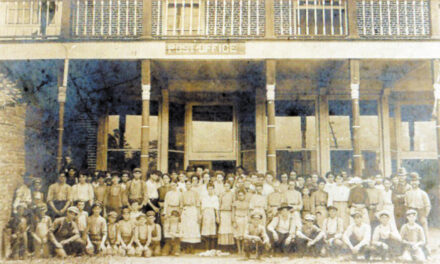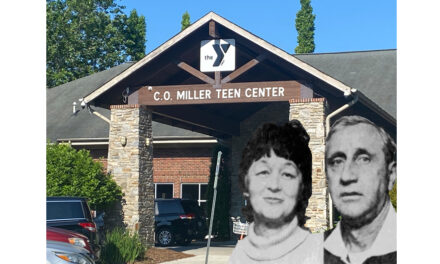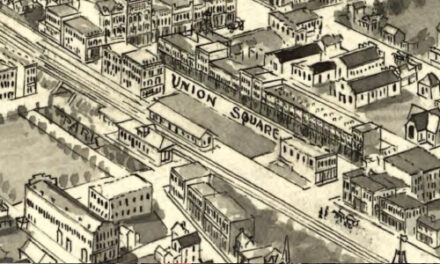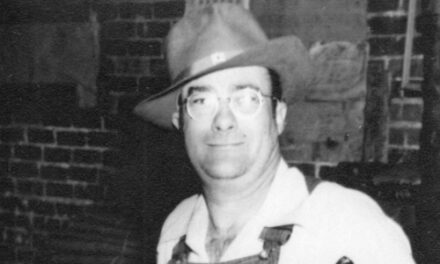
In October of 1963, a strange new sound filled the airways of Hickory. From 1000 kilocycles on the amplitude modulation band (AM) the debut of a new radio station came to shake up the listening landscape. Rock-n-Roll had come to Hickory. It became known as “Channel One.”
The choice to program such “noise” as the establishment might have called it, was not an easy one. The economy was controlled by the adults. They liked more sedate music. Who was crazy enough to choose a format for kids? Other stations played either MOR (middle of the road) music like stuff from Johnny Mathis, Dean Martin and the like or country. Most everyone over 30 hated Rock-n-Roll, linking it to everything from juvenile delinquency to the fall of western civilization. Plus, in 1963, no one knew if this style of music would even survive. When WSPF dropped the needle on its first record the genre was at a low ebb. Many of the innovators who created the sound back in the 50s had either died (Buddy Holly, Eddie Cochran), gone largely commercial (Elvis) or produced music that repeated their already groundbreaking work (Chuck Berry, Jerry Lee Lewis, etc.).
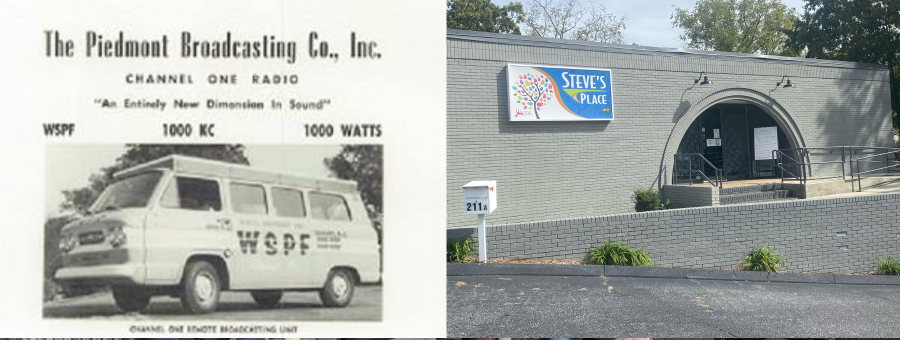 Little did Willis Deal (owner) know was that a renewal of Rock-n-Roll coming from “across the pond.” Less than six months after Channel One spun its first disc, a new wave in the form of the British Invasion, led by the Beatles, would revive the genre and set it on a viable course. Baby boomers had found their soundtrack and they listened for each new sound on their radio as they cruised the streets of Hickory, from the Big Rebel (a drive-in in NE) to the Village Inn, where most got their first taste of pizza.
Little did Willis Deal (owner) know was that a renewal of Rock-n-Roll coming from “across the pond.” Less than six months after Channel One spun its first disc, a new wave in the form of the British Invasion, led by the Beatles, would revive the genre and set it on a viable course. Baby boomers had found their soundtrack and they listened for each new sound on their radio as they cruised the streets of Hickory, from the Big Rebel (a drive-in in NE) to the Village Inn, where most got their first taste of pizza.
Channel One found its audience quickly and became the hip radio station in town. The station’s call letters rang out on jingles that preceded pop hits played by station personalities like Gene Crawley, Dave Campbell and Rick Reynolds. They were called disc jockeys and had three hour shifts throughout the day. The station was a “daytimer” which meant it could only broadcast during daylight hours. In the summer that stretched until 8:45pm while in the winter they signed off as early as 5:15. Given their position on the dial, Channel One had a powerful reach, well beyond Catawba County. It covered an area that allowed folks as far away as upstate South Carolina to tune in.
Up through the mid-1970s, times were good. The station played the nation’s hottest hits, staged remotes, where DJs went out to area locations and appeared to be conducting their show at shopping centers and the like. WSPF gave away all kinds of stuff during promotions designed to spike listenership. From its original studios on First Ave, NE to the corner of Second Avenue and Highway 127, where a larger facility was built, folks tuned in.
But, as Bob Dylan once sang, “The Times They Are A’Changin’.” A shift had begun to the less crackly, FM band where higher fidelity was heard and AM daytimes began to lose listeners. It got so bad that by 1982, WSPF changed its format to country, a move to capture a different demographic. That lasted for about 5 years until on December 31, 1987, Channel One surrendered its frequency and went “dark”, an industry expression for shutting down. At that point Willis Deal retired from radio and announcers like Scott Conley moved on to other stations. WXRC, known in those days as “X-Rock” took over the studios and repositioned itself from automated player of hits to a live, laidback western NC powerhouse.
At that point all that was heard was “dead air,” a term that meant silence. However, in those last years, WSPF did not go quietly. Pardon the pun, it made some “noise.” In fact, the station drew national attention. How? Next week.
Photo: An advertisement for Channel One and its second home. in Hickory.


